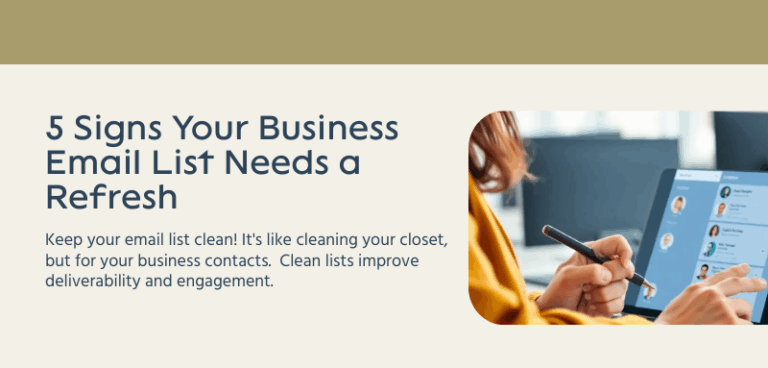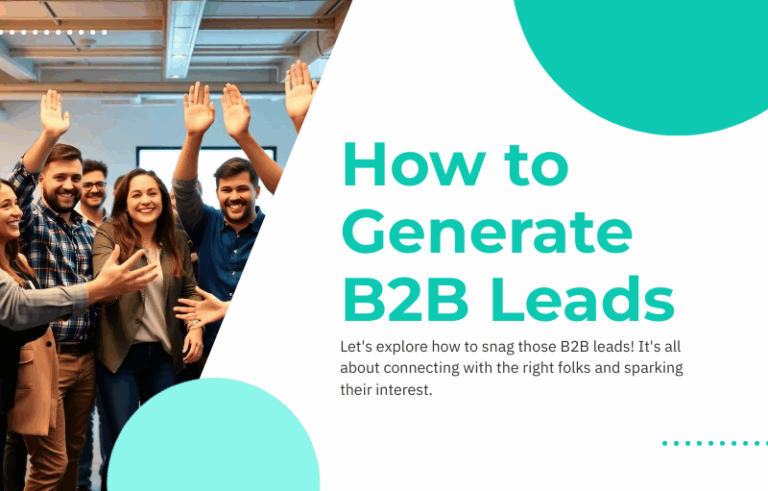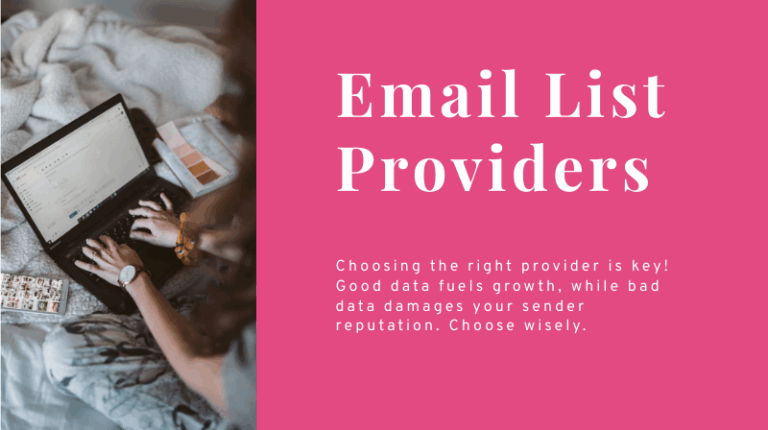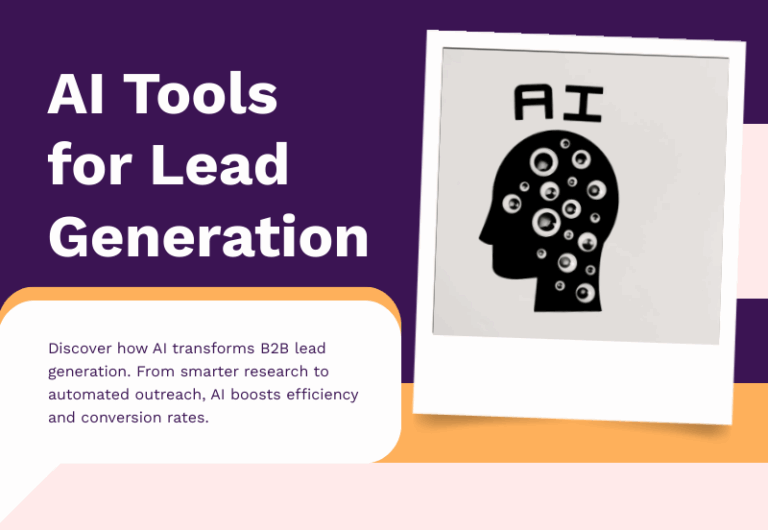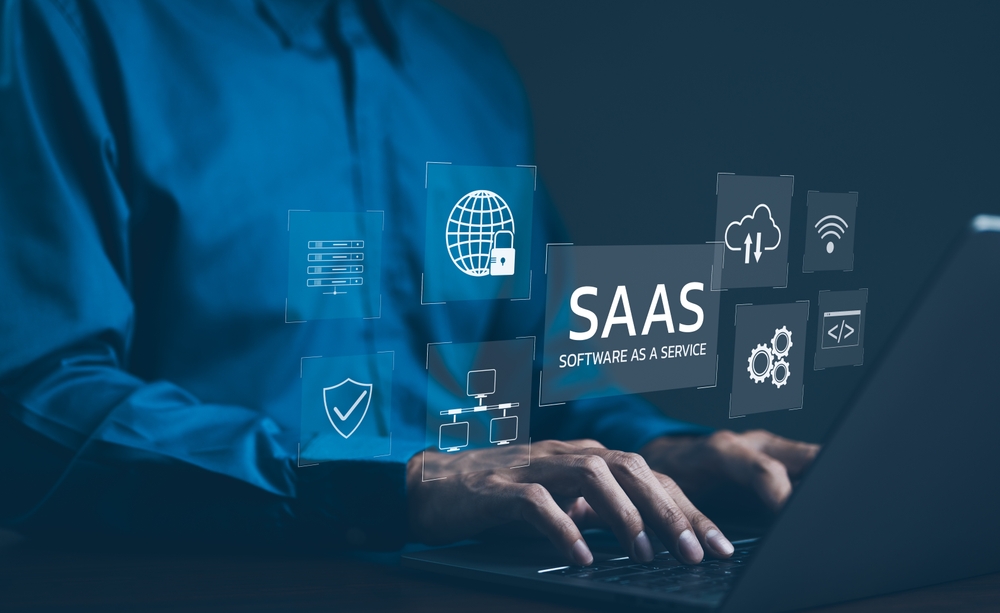

Updated Post: SaaS Strategies 2025
The B2B SaaS landscape is poised for significant evolution in 2024, driven by rapid technological advancements, shifting buyer demographics, and the growing importance of data privacy and personalization. As businesses increasingly rely on software solutions to streamline operations and drive growth, the competition for high-quality leads has never been fiercer. To thrive in this competitive environment, SaaS companies must adopt innovative and sophisticated lead generation strategies that not only attract potential clients but also nurture them through the sales funnel with precision and care.
1. Hyper-Personalization and AI-Driven Outreach
The proliferation of AI tools, such as large language models (LLMs) and generative AI, has transformed how B2B SaaS companies approach lead generation. In 2024, hyper-personalization, powered by AI, will be crucial. Instead of broad segmentation, AI enables marketers to tailor content and outreach strategies to individual leads based on their behavior, preferences, and engagement history.
For instance, using AI, B2B SaaS providers can analyze vast amounts of customer data to predict which features or content will resonate most with specific users. This allows for the creation of personalized email campaigns, targeted content recommendations, and even customized product demos, leading to higher engagement rates and better conversion outcomes.
Moreover, AI-driven automation can streamline lead nurturing processes by automating repetitive tasks such as follow-ups and content delivery, freeing up sales teams to focus on high-impact interactions.
2. Leveraging Account-Based Marketing (ABM) for Precision Targeting
Account-Based Marketing (ABM) has been a growing trend in B2B marketing, but in 2024, it will be even more critical. With the increasing complexity of B2B sales cycles, ABM allows SaaS companies to focus their efforts on high-value accounts by creating highly personalized marketing campaigns tailored to the needs of specific companies.
ABM strategies involve close collaboration between marketing and sales teams to identify key accounts, understand their pain points, and deliver targeted solutions that address those needs. This approach not only increases the chances of conversion but also fosters stronger relationships with potential clients, making it easier to upsell and cross-sell in the future.
3. Content Marketing 2.0: From Thought Leadership to Storytelling
While content marketing remains a cornerstone of lead generation, the emphasis in 2024 is shifting towards more emotional and narrative-driven content. Traditional B2B content has focused heavily on thought leadership and educational materials, but the lines between B2B and B2C content are blurring.
Today’s B2B buyers, many of whom are millennials, expect more than just information; they seek brands that resonate with their values and challenges. By incorporating storytelling into your content strategy, you can create deeper connections with your audience. For example, instead of just listing product features, tell a story about how your product helped a client overcome a significant business challenge. This approach not only educates but also inspires and builds trust.
4. Utilizing Data-Driven Insights for Smarter Decisions
In the age of big data, the ability to harness and analyze data effectively is a game-changer for B2B SaaS companies. In 2024, data-driven decision-making will be more important than ever. This involves not only collecting data from various touchpoints but also using advanced analytics to gain actionable insights.
For instance, predictive analytics can help identify which leads are most likely to convert, allowing sales teams to prioritize their efforts. Additionally, data can be used to optimize marketing campaigns in real-time, ensuring that resources are allocated to the most effective channels and strategies.
Furthermore, with the growing importance of data privacy, companies must ensure that their data collection and usage practices are compliant with regulations such as GDPR and the evolving landscape of U.S. privacy laws. Transparent data practices and robust security measures will be critical in maintaining customer trust.
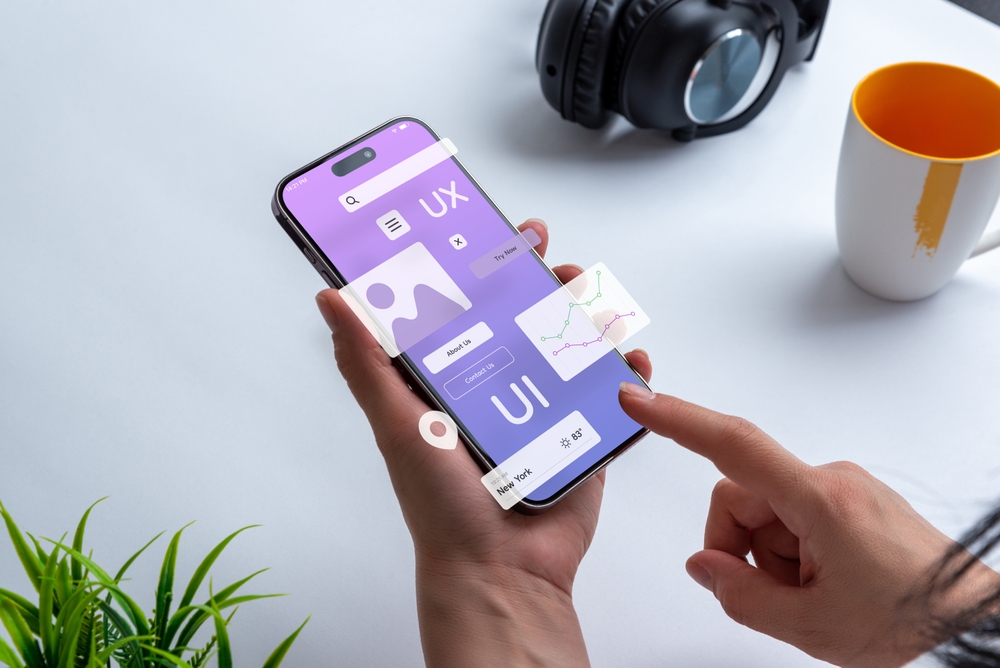
5. Emphasizing User Experience (UX) for Better Conversion Rates
A seamless and intuitive user experience is no longer a nice-to-have; it is a necessity in 2024. As B2B buyers become more sophisticated, their expectations for the digital experiences provided by SaaS companies have risen. A well-designed website with fast load times, clear calls-to-action (CTAs), and a mobile-friendly interface can significantly impact lead generation efforts.
Conducting regular UX audits and incorporating user feedback into your design process will help ensure that your website and applications meet the needs of your target audience. Additionally, investing in features like live chat support and interactive product demos can enhance the user experience, making it easier for potential customers to engage with your brand.
6. Harnessing the Power of Social Proof and Community Building
In 2024, social proof will continue to play a crucial role in B2B SaaS lead generation. Potential customers often seek validation from their peers before making a purchase decision, making customer testimonials, case studies, and online reviews invaluable assets.
Beyond traditional social proof, building a strong community around your brand can also drive lead generation. This can be achieved through online forums, social media groups, and user conferences where customers can share their experiences and insights. By fostering a sense of community, you not only enhance customer loyalty but also create a powerful referral network.
7. Adapting to Privacy Regulations and Ethical Marketing
With the introduction of new privacy regulations and increasing consumer awareness around data security, B2B SaaS companies must prioritize ethical marketing practices in 2024. This means being transparent about data collection, giving customers control over their data, and ensuring compliance with all relevant laws.
Incorporating privacy considerations into your marketing strategy not only protects your company from legal risks but also builds trust with your audience. As consumers become more selective about the brands they engage with, those that demonstrate a commitment to ethical practices will have a competitive edge.
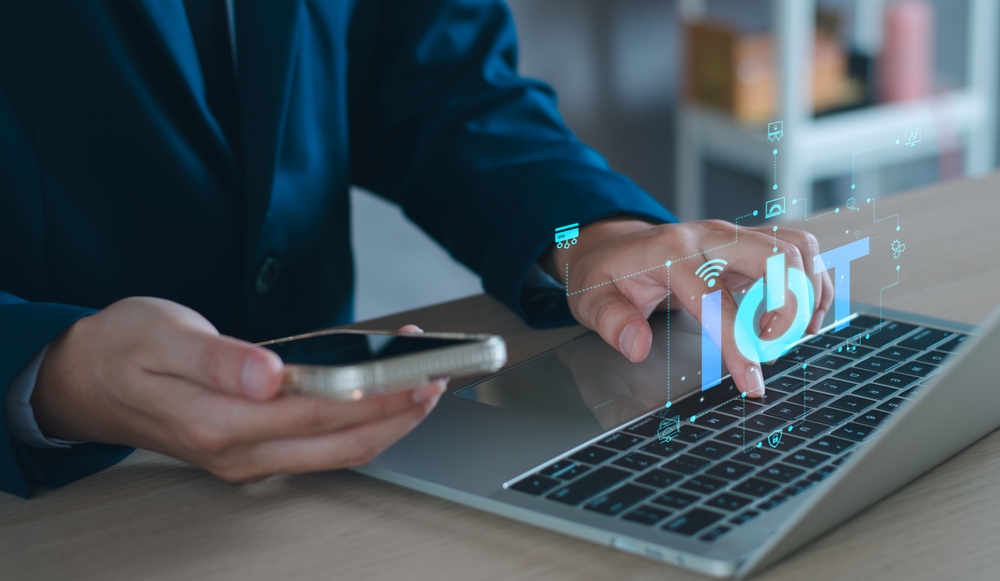
8. Integrating IoT and Automation for Operational Efficiency
The Internet of Things (IoT) is revolutionizing the B2B SaaS landscape by enabling real-time data collection and automation. In sectors like manufacturing and logistics, IoT devices can monitor equipment performance, predict maintenance needs, and optimize supply chain operations.
For SaaS companies, integrating IoT capabilities into their offerings can open up new avenues for lead generation by providing customers with innovative solutions that improve efficiency and reduce costs. Additionally, automation tools can help streamline internal processes, allowing teams to focus on strategic initiatives that drive growth.
9. Interactive Content for Engaging Prospects
In 2024, interactive content will be a game-changer for B2B SaaS lead generation. Traditional static content like blogs and whitepapers, while still valuable, may not be enough to engage today’s audience. Interactive content—such as quizzes, calculators, assessments, and surveys—offers a more engaging experience that can capture the attention of potential leads more effectively.
Interactive content allows prospects to actively participate in their learning journey, providing personalized results that can directly address their specific pain points or interests. For example, a SaaS company offering project management tools could create a quiz that helps users determine the best tool configuration for their business size and industry. This type of content not only educates but also gathers valuable data on prospects, which can be used to further personalize follow-ups and nurture campaigns.
10. Omnichannel Marketing Strategies
The days of relying on a single marketing channel are over. In 2024, successful B2B SaaS companies will adopt omnichannel marketing strategies to meet potential leads wherever they are. This approach involves integrating various online and offline channels—such as email, social media, content marketing, webinars, events, and even direct mail—to create a seamless and consistent brand experience.
Omnichannel marketing is about delivering a unified message across all platforms, ensuring that each touchpoint builds on the last. For instance, a prospect who reads an insightful blog post on LinkedIn might receive a personalized email follow-up, inviting them to a webinar that dives deeper into the topic. This strategy increases the likelihood of lead conversion by nurturing prospects through a well-coordinated journey.
11. Video Marketing: The Rise of Short-Form Content
Video marketing continues to dominate in the B2B space, but in 2024, the focus is shifting towards short-form content. As attention spans shorten, businesses must deliver their message quickly and effectively. Platforms like TikTok, Instagram Reels, and YouTube Shorts are becoming popular not just in the B2C realm but also in B2B marketing.
Short, engaging videos can be used to introduce new products, share customer testimonials, demonstrate use cases, or offer quick tips related to your SaaS product. These videos are easy to consume, highly shareable, and can significantly boost your brand’s visibility. Additionally, embedding videos into your website and landing pages can increase engagement and conversion rates.
12. Voice Search Optimization
As smart speakers and voice-activated assistants become increasingly prevalent, optimizing for voice search is becoming a critical component of B2B SaaS marketing. In 2024, businesses that invest in voice search optimization will have a competitive advantage, especially as more decision-makers use voice commands to search for products and services.
Voice search optimization involves understanding how people phrase their searches verbally, which is often different from text-based searches. For example, a text search might be “best CRM software,” while a voice search might be “What is the best CRM software for small businesses?” Optimizing your content to answer these conversational queries can help you capture leads from voice searches, particularly through featured snippets and FAQs.
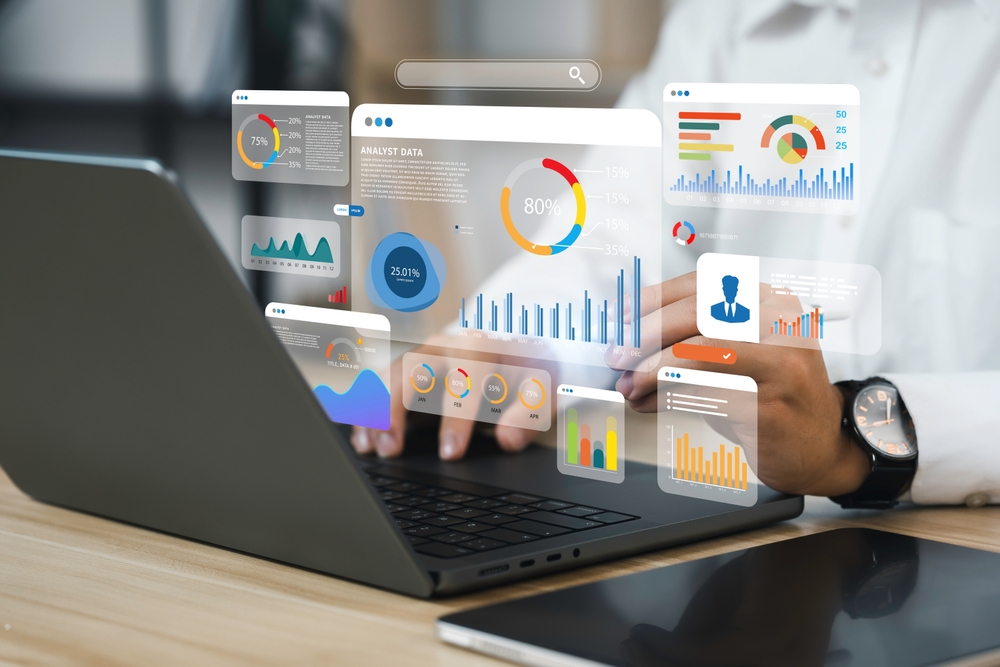
13. Sales and Marketing Alignment
Sales and marketing alignment, often referred to as “smarketing,” will be crucial in 2024. The traditional divide between these two departments is fading as companies realize the benefits of a unified approach. When sales and marketing teams work together, they can create a seamless experience for prospects, from the first touchpoint to closing the deal.
Smarketing involves regular communication and collaboration between sales and marketing teams to ensure consistent messaging, accurate lead scoring, and coordinated follow-ups. By aligning goals and sharing data, these teams can work more efficiently to drive higher-quality leads through the funnel and improve conversion rates.
14. Leveraging Influencer Marketing in B2B
Influencer marketing is no longer confined to B2C industries. In 2024, B2B SaaS companies will increasingly leverage industry influencers to build credibility and reach new audiences. Influencers in the B2B space—such as industry analysts, tech bloggers, and LinkedIn thought leaders—have the power to sway decision-makers by endorsing products and sharing their experiences.
Collaborating with influencers can take many forms, from guest blog posts and social media takeovers to co-hosted webinars and podcast interviews. These partnerships can amplify your brand’s reach, generate high-quality leads, and build trust with potential customers who value the opinions of industry experts.
15. The Importance of Data Cleanliness and Quality
As businesses gather more data than ever before, the importance of data cleanliness and quality cannot be overstated. In 2024, companies that prioritize data hygiene—ensuring their databases are accurate, up-to-date, and free of duplicates—will have a distinct advantage in lead generation.
Poor data quality can lead to misguided marketing efforts, wasted resources, and missed opportunities. Implementing regular data audits, using data enrichment tools, and standardizing data entry processes are essential practices for maintaining a clean database. With clean data, SaaS companies can make better-informed decisions, improve personalization efforts, and ultimately generate more qualified leads.
Mastering B2B SaaS Lead Generation in 2024
As we move deeper into 2024, the landscape for B2B SaaS lead generation continues to evolve at a rapid pace. Success in this environment will require SaaS companies to be agile, innovative, and deeply attuned to the needs and behaviors of their target audiences. By embracing the cutting-edge strategies outlined in this guide—such as hyper-personalization, omnichannel marketing, and the integration of AI and IoT—your business can not only capture more leads but also convert them into loyal customers who drive long-term growth.
By leveraging the latest trends and tools, and by maintaining a strong focus on delivering value and building relationships, your SaaS company can position itself as a leader in the industry, ready to tackle the challenges and seize the opportunities that 2024 will bring.
